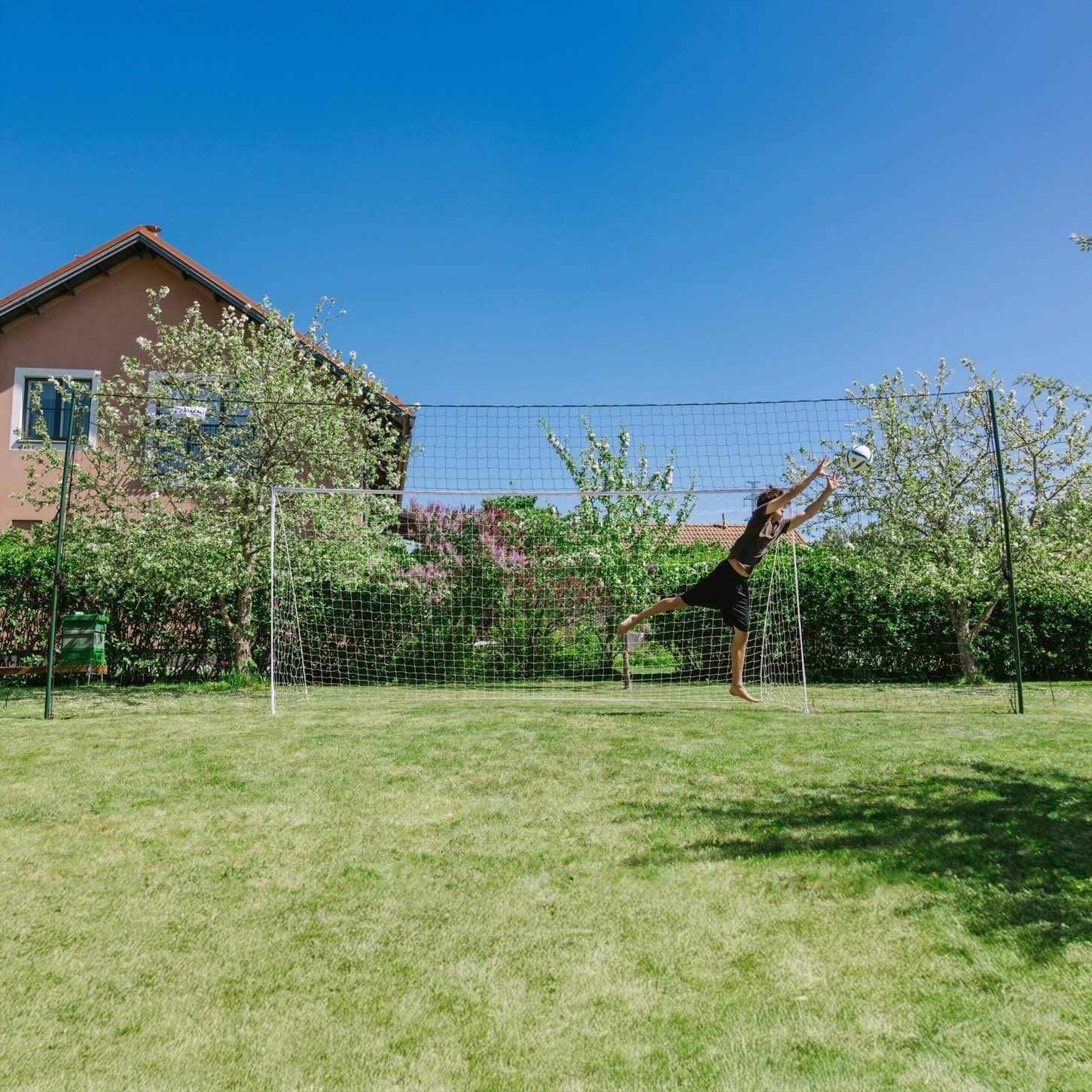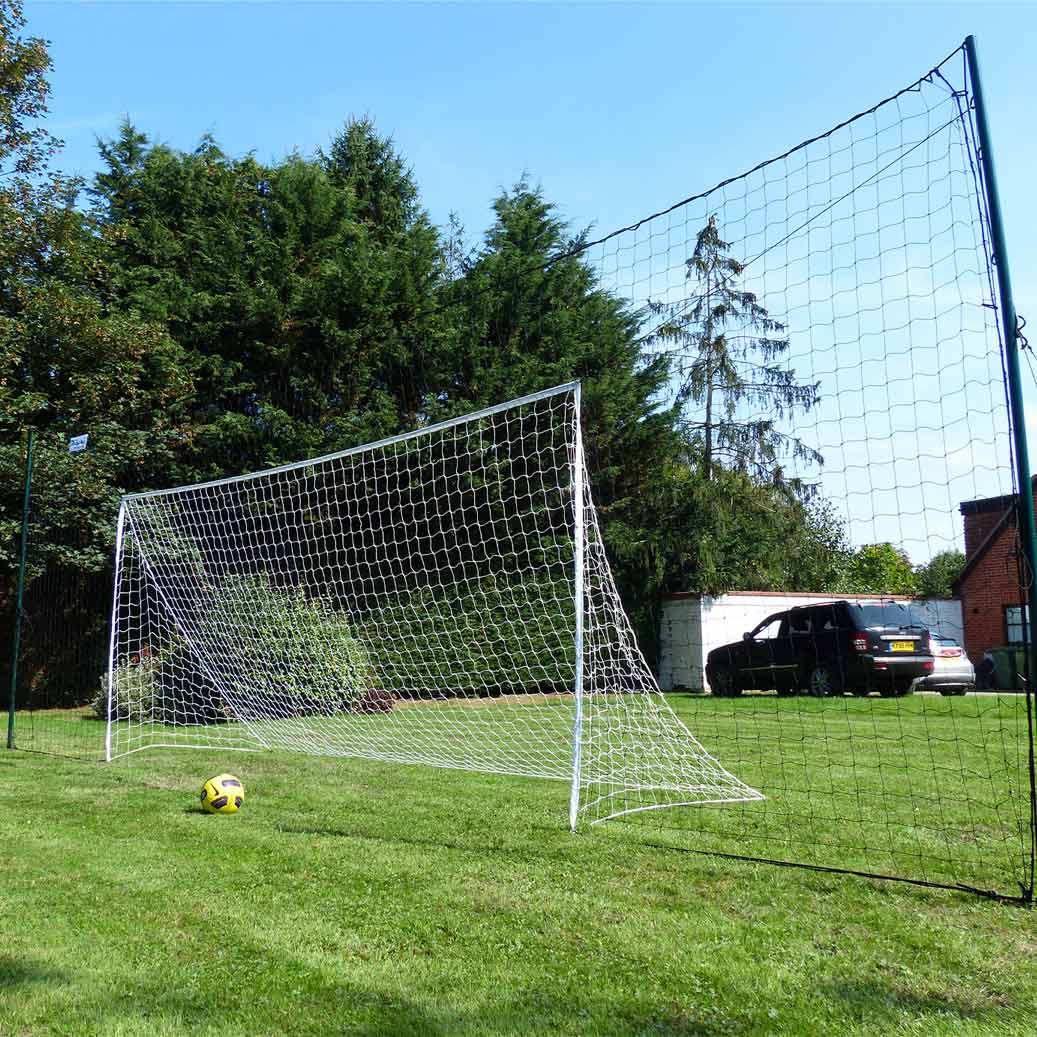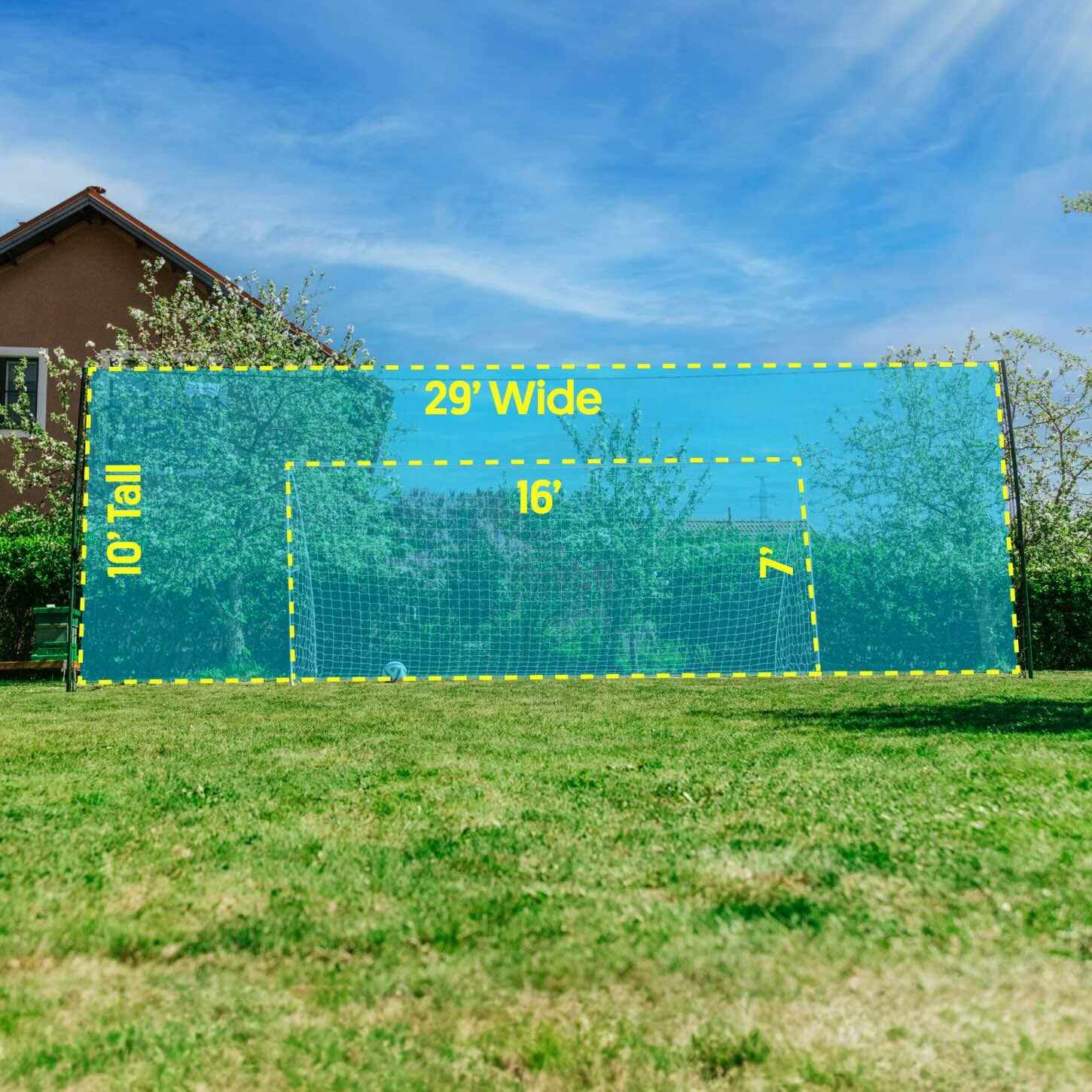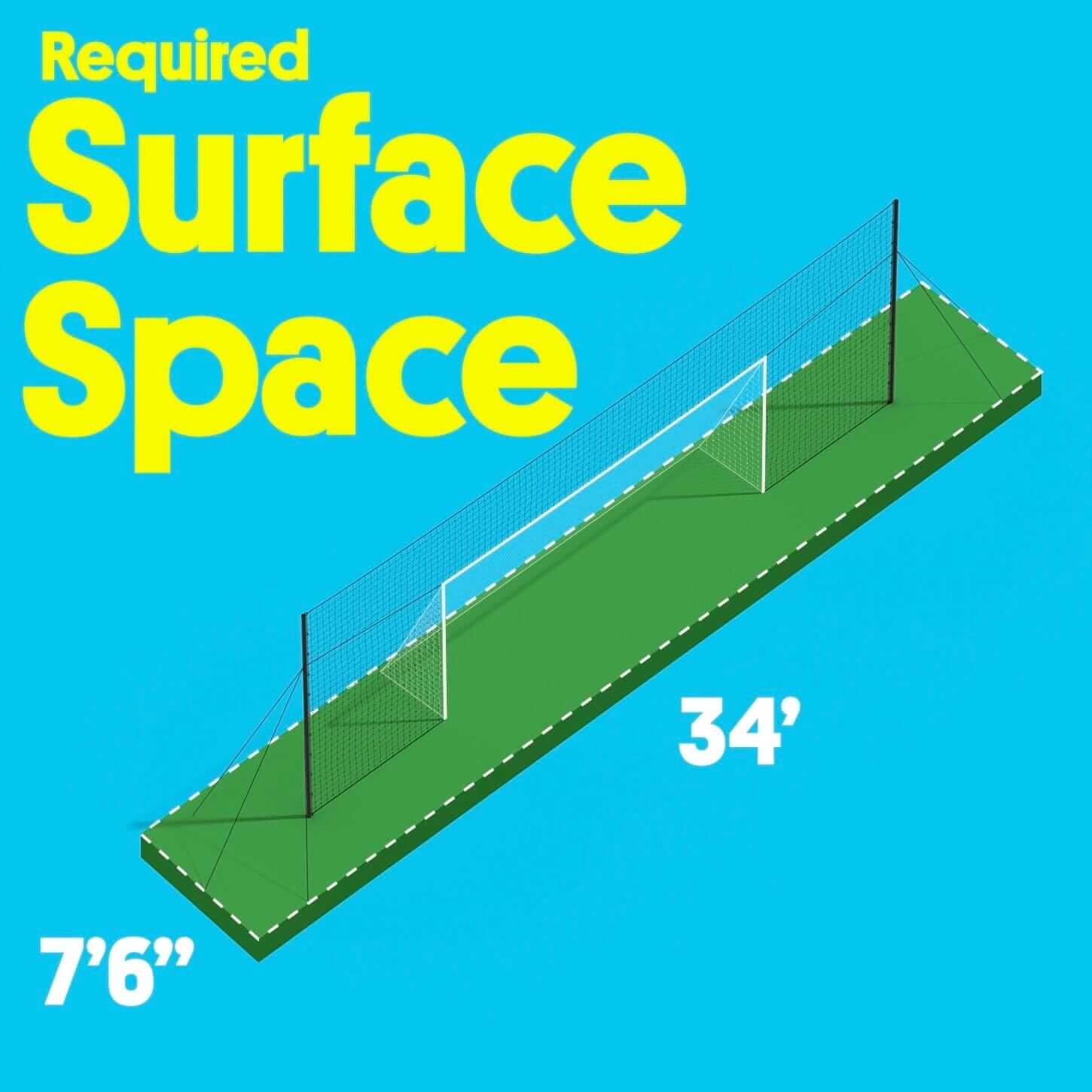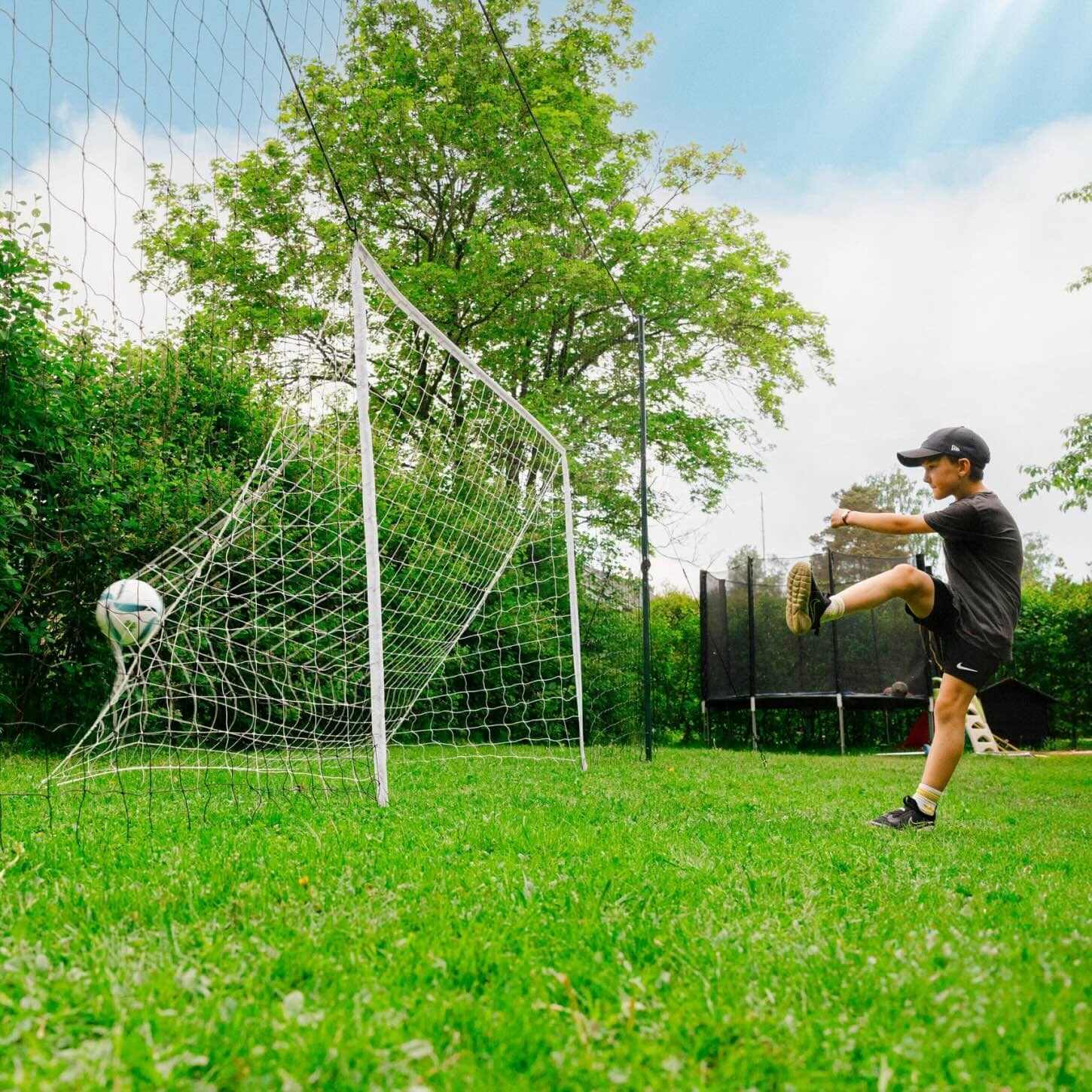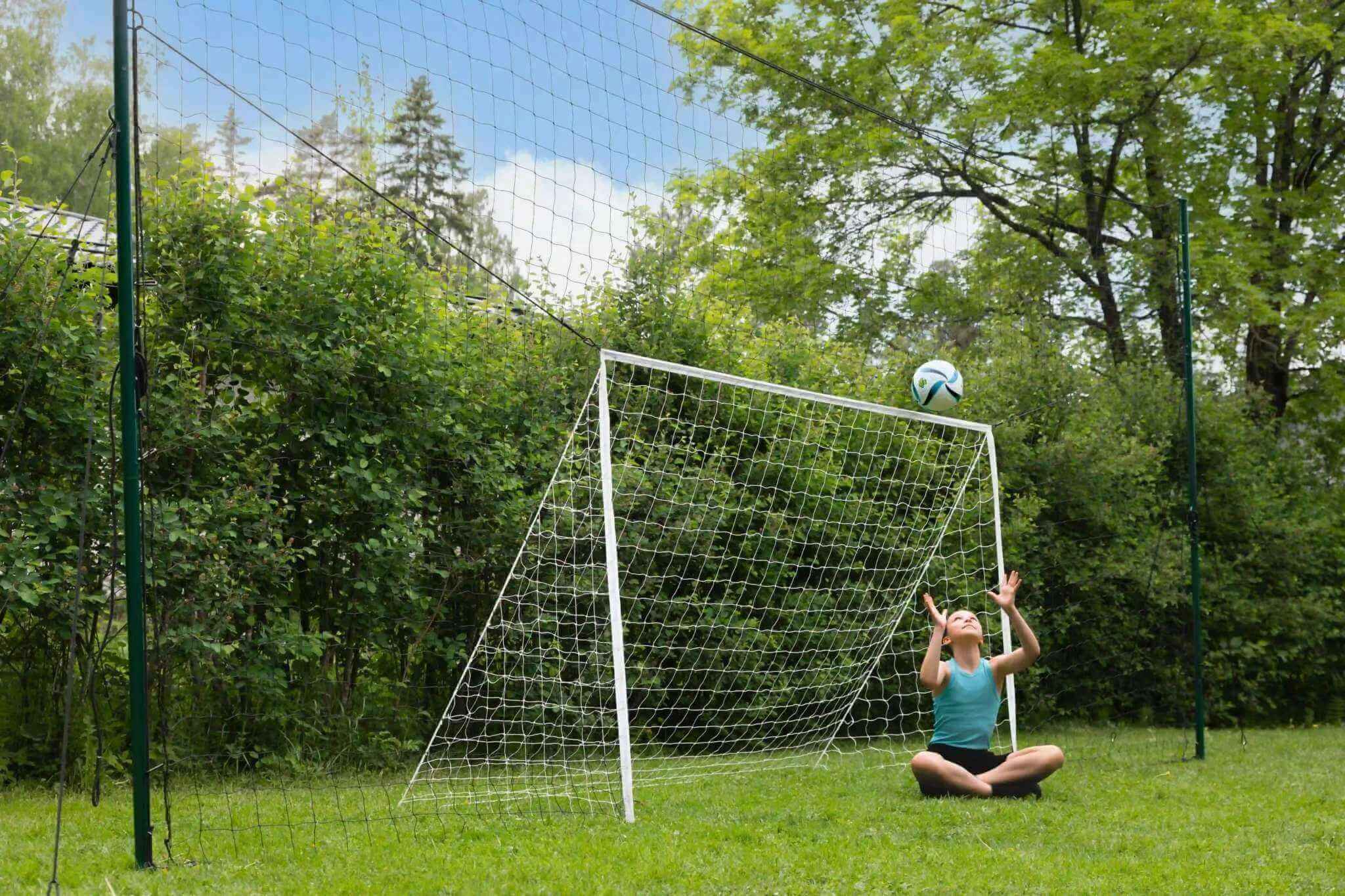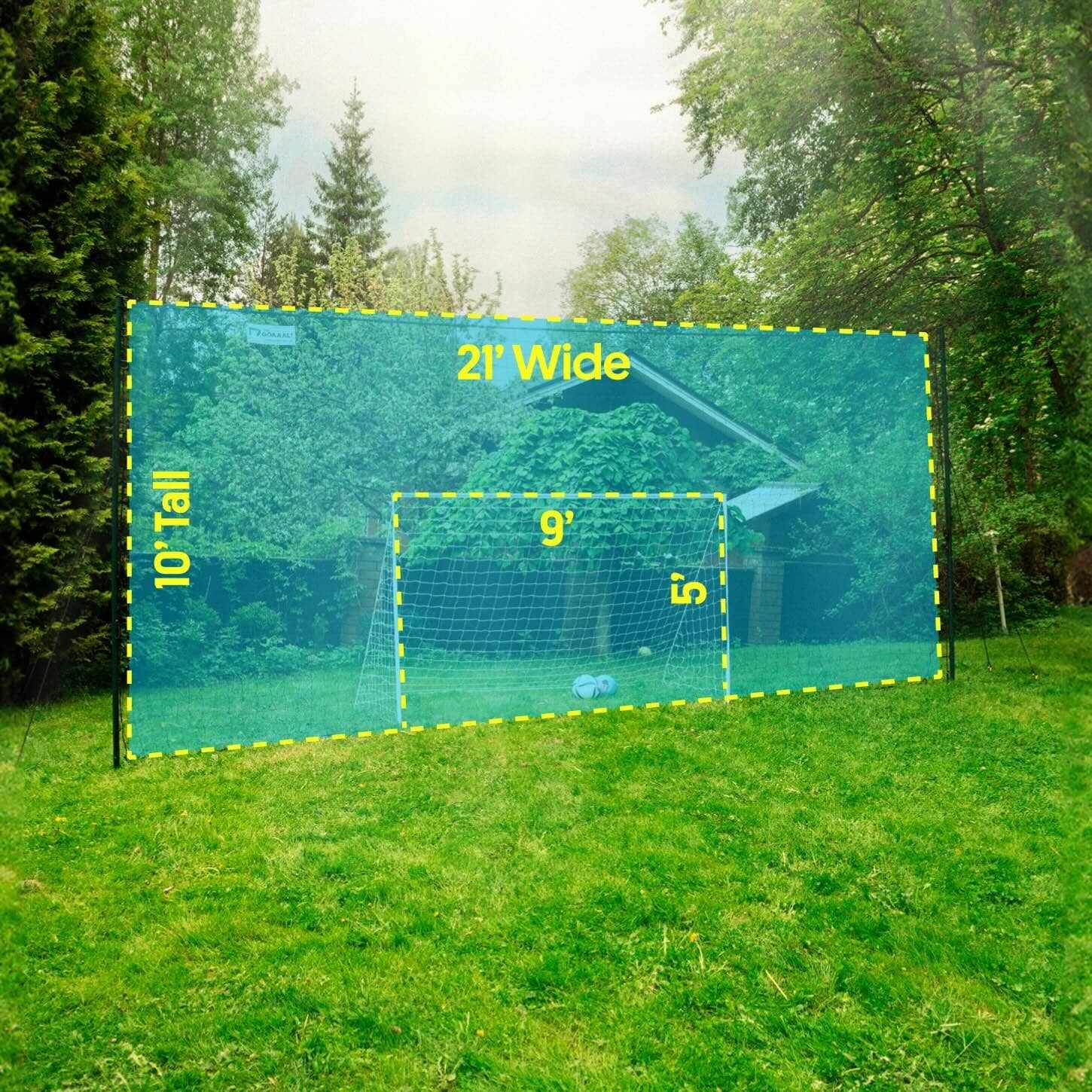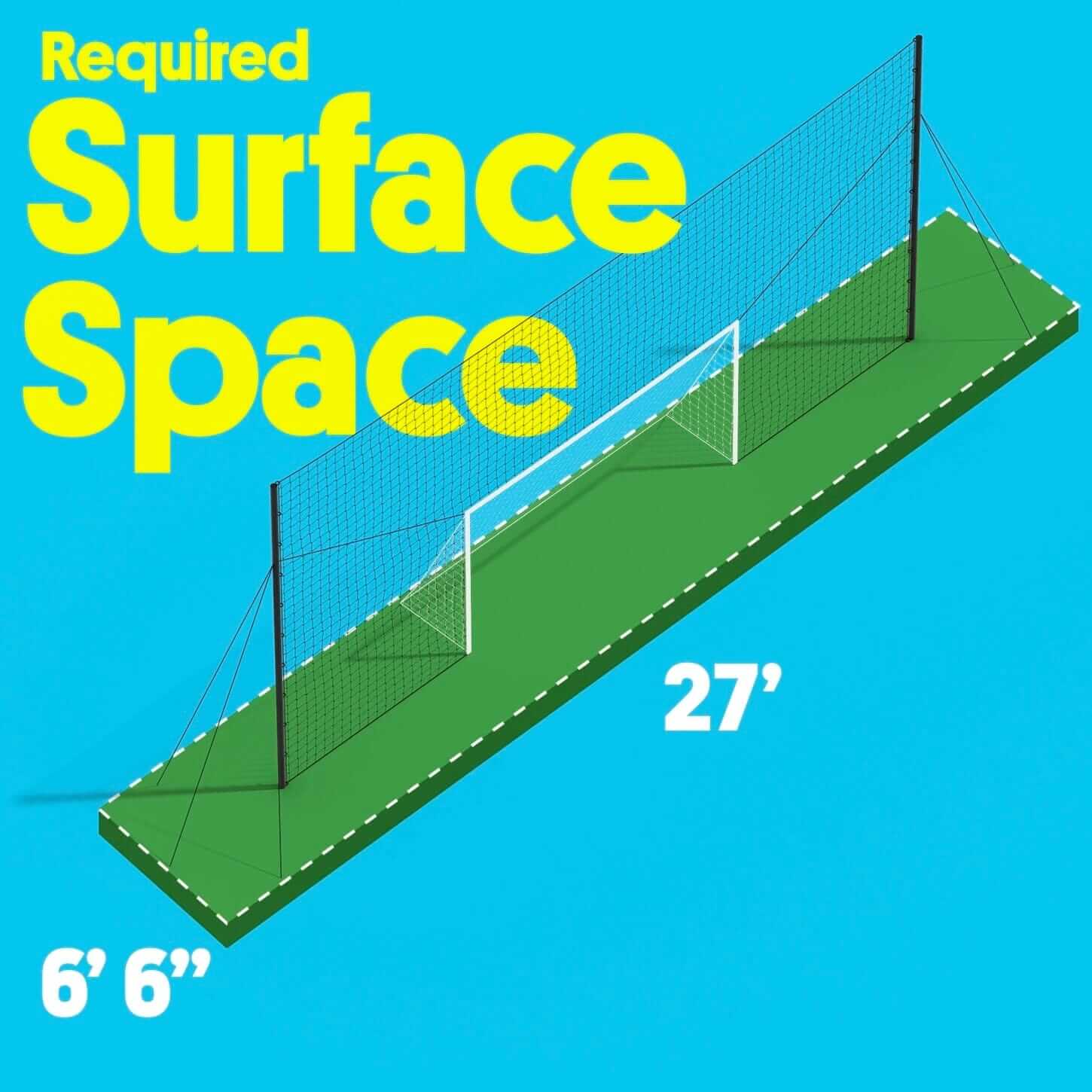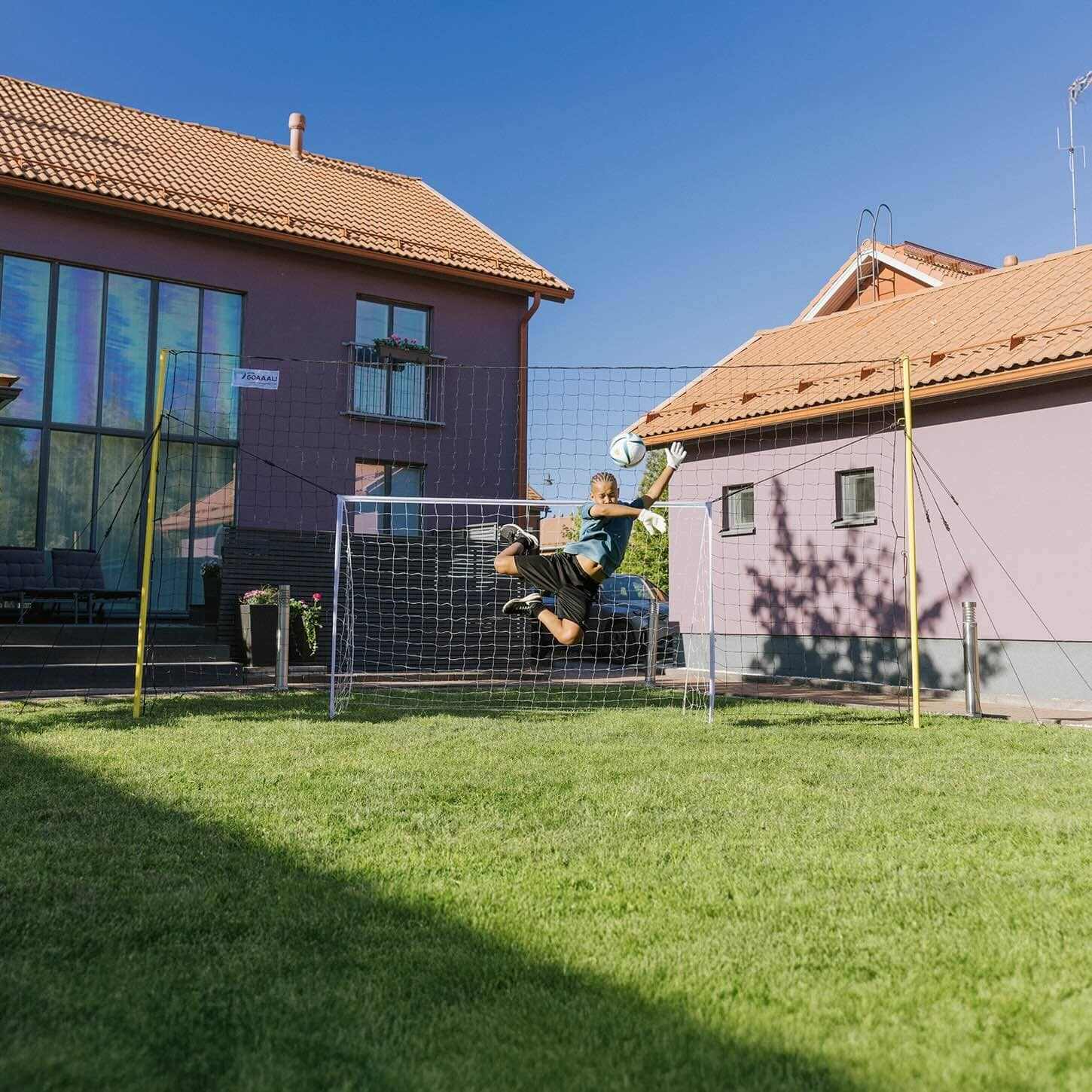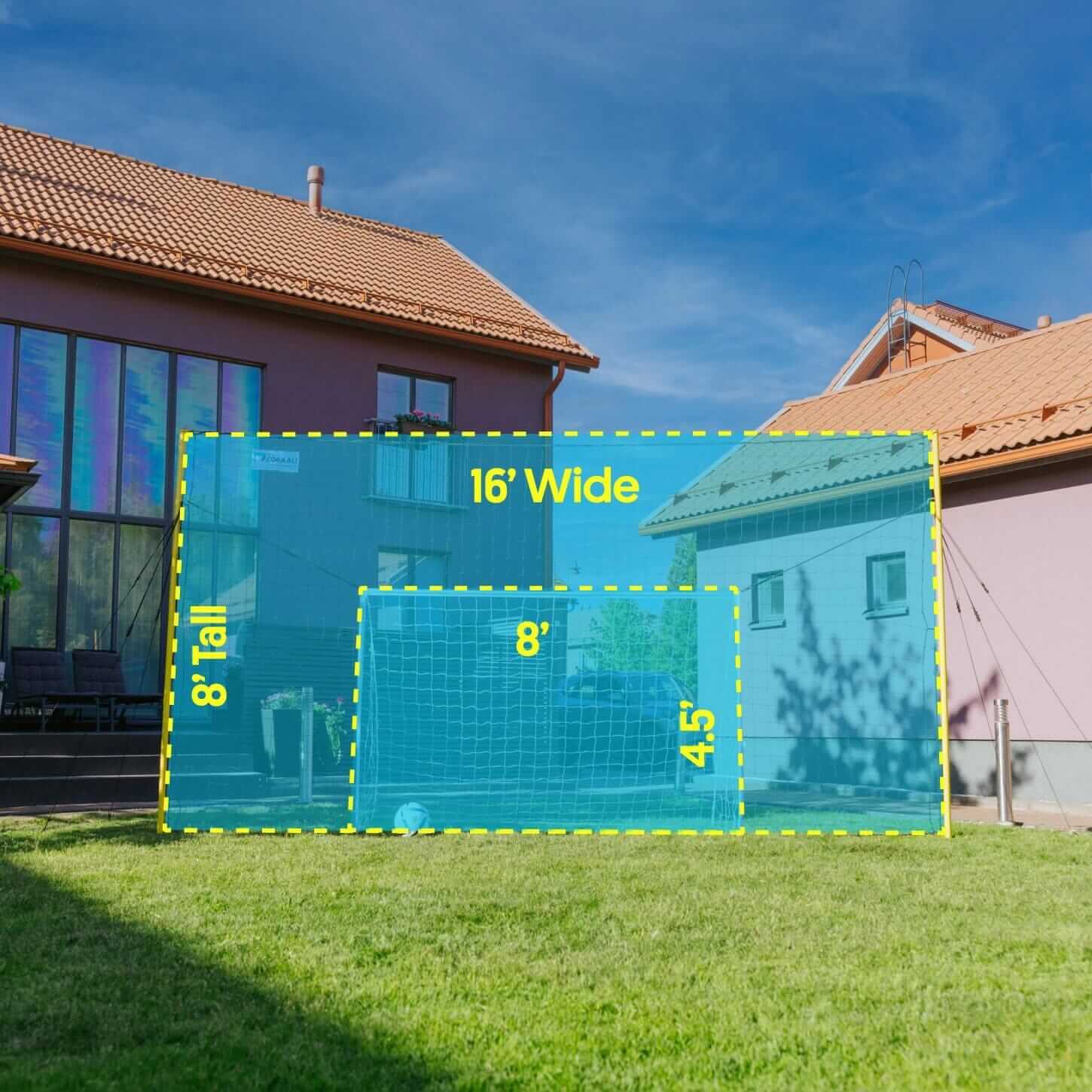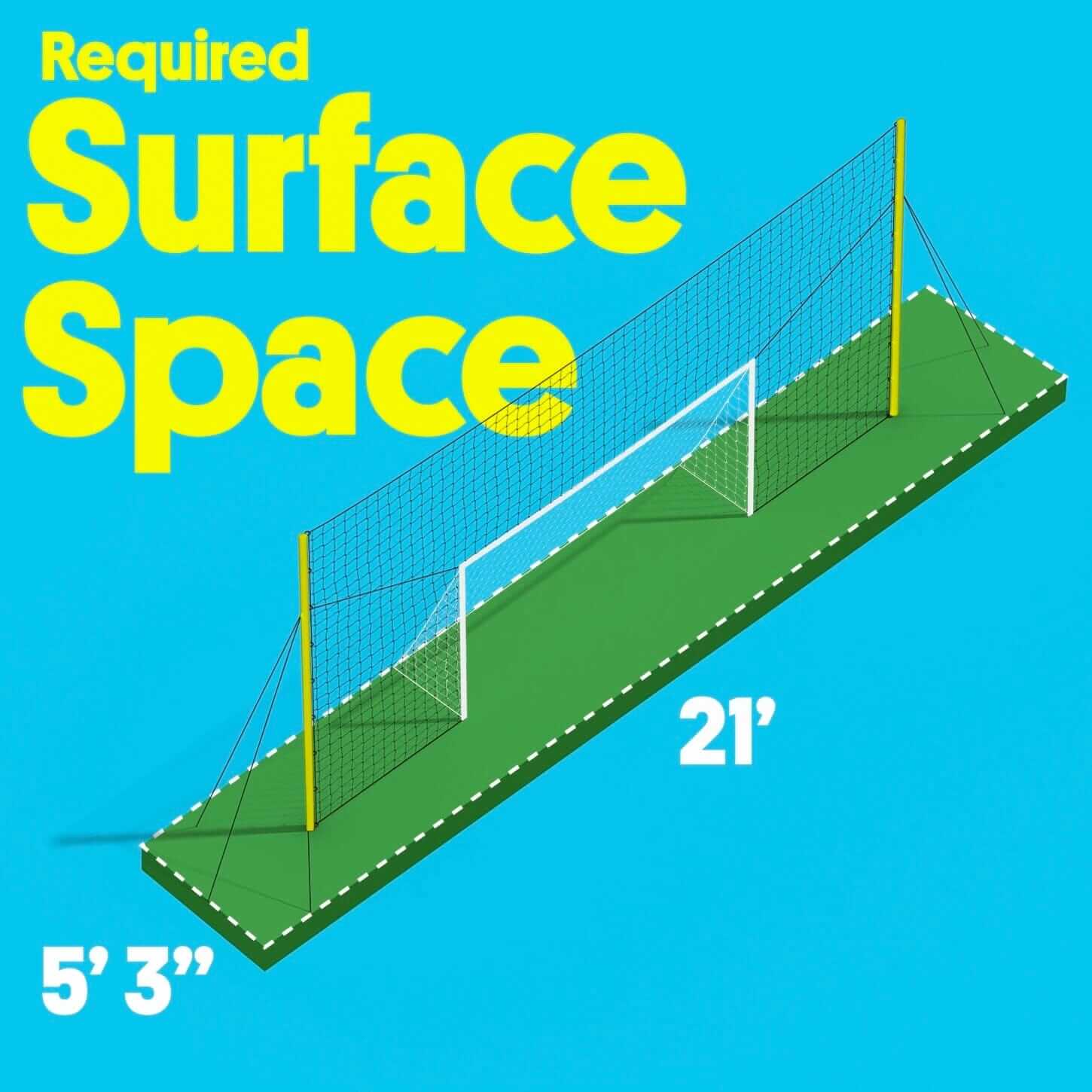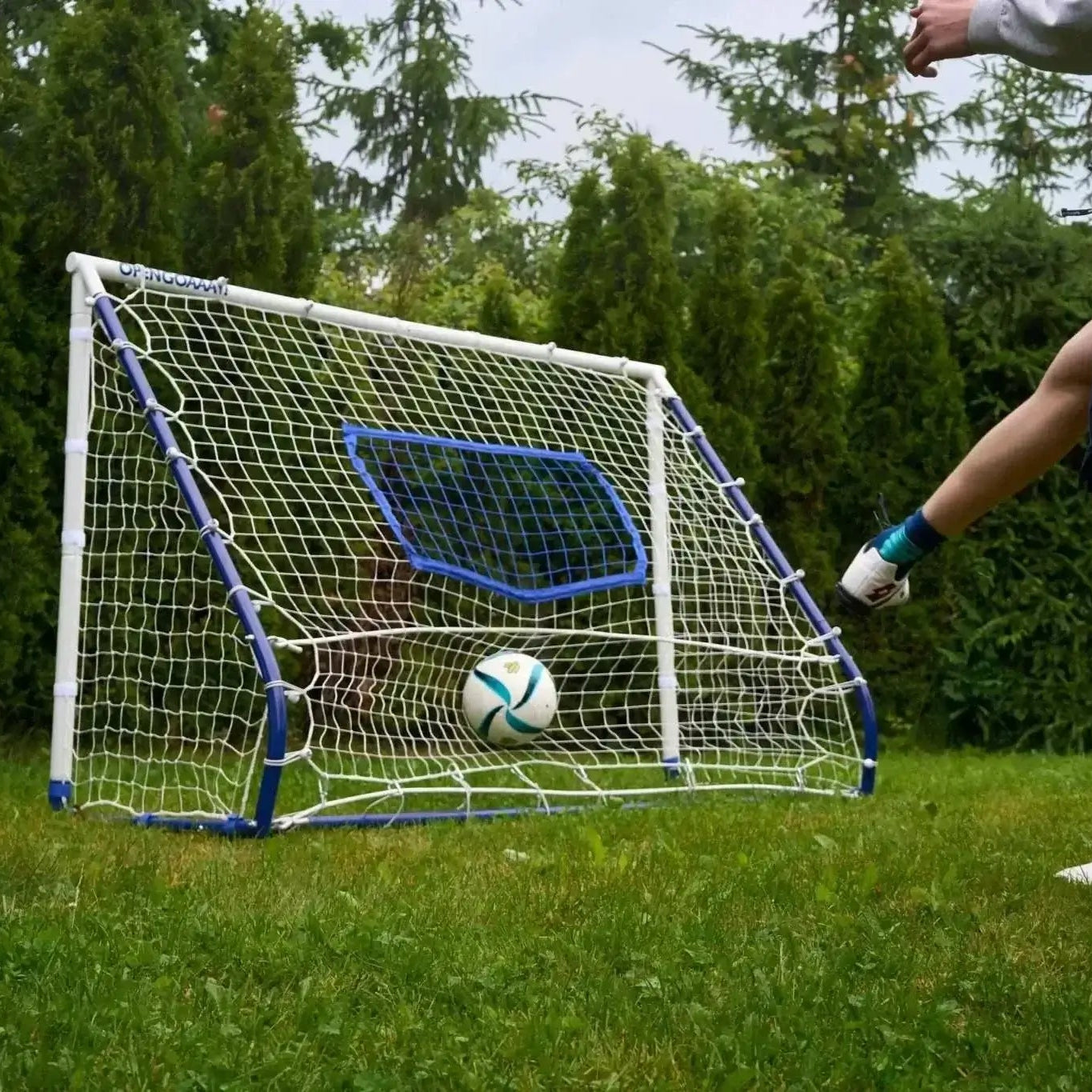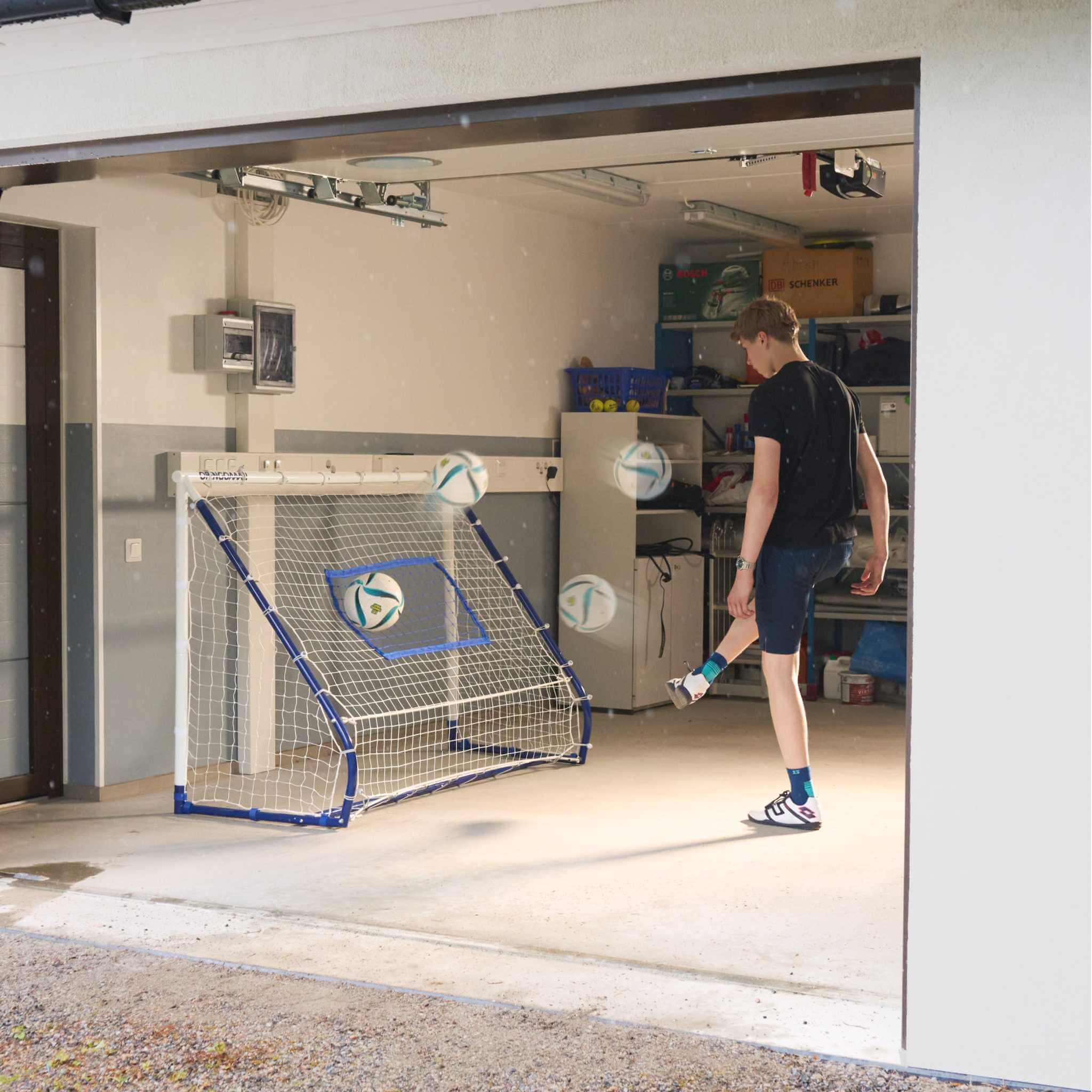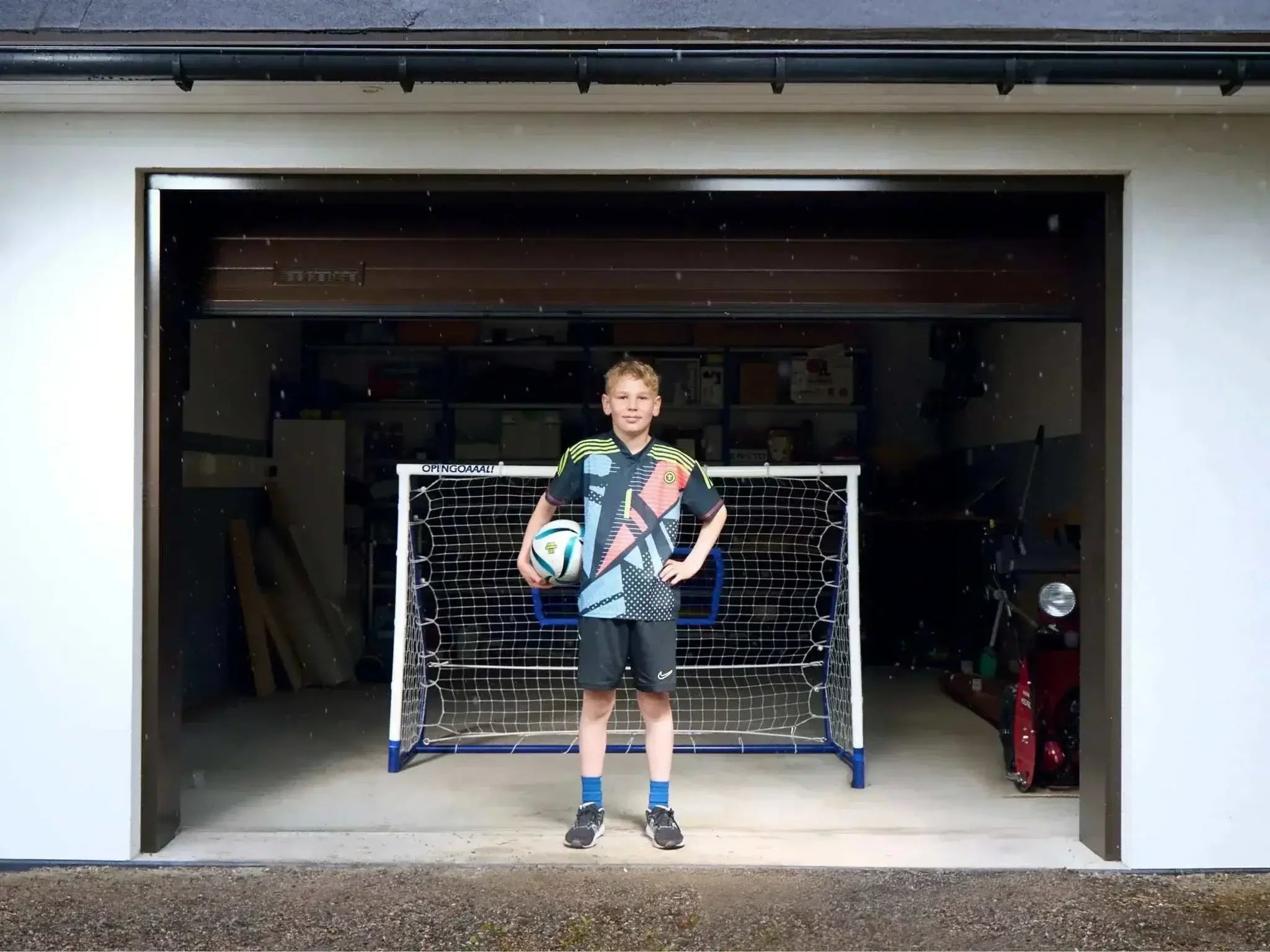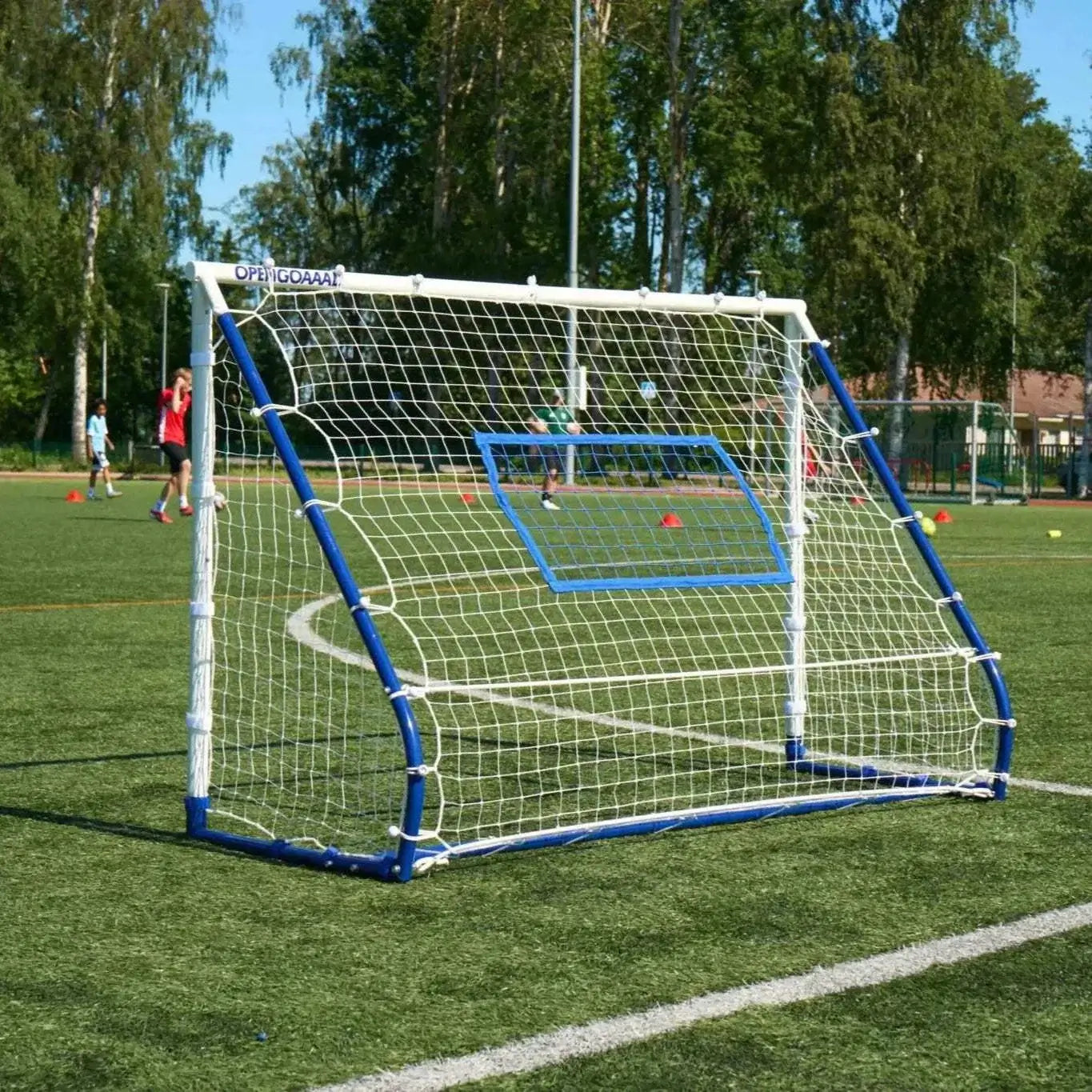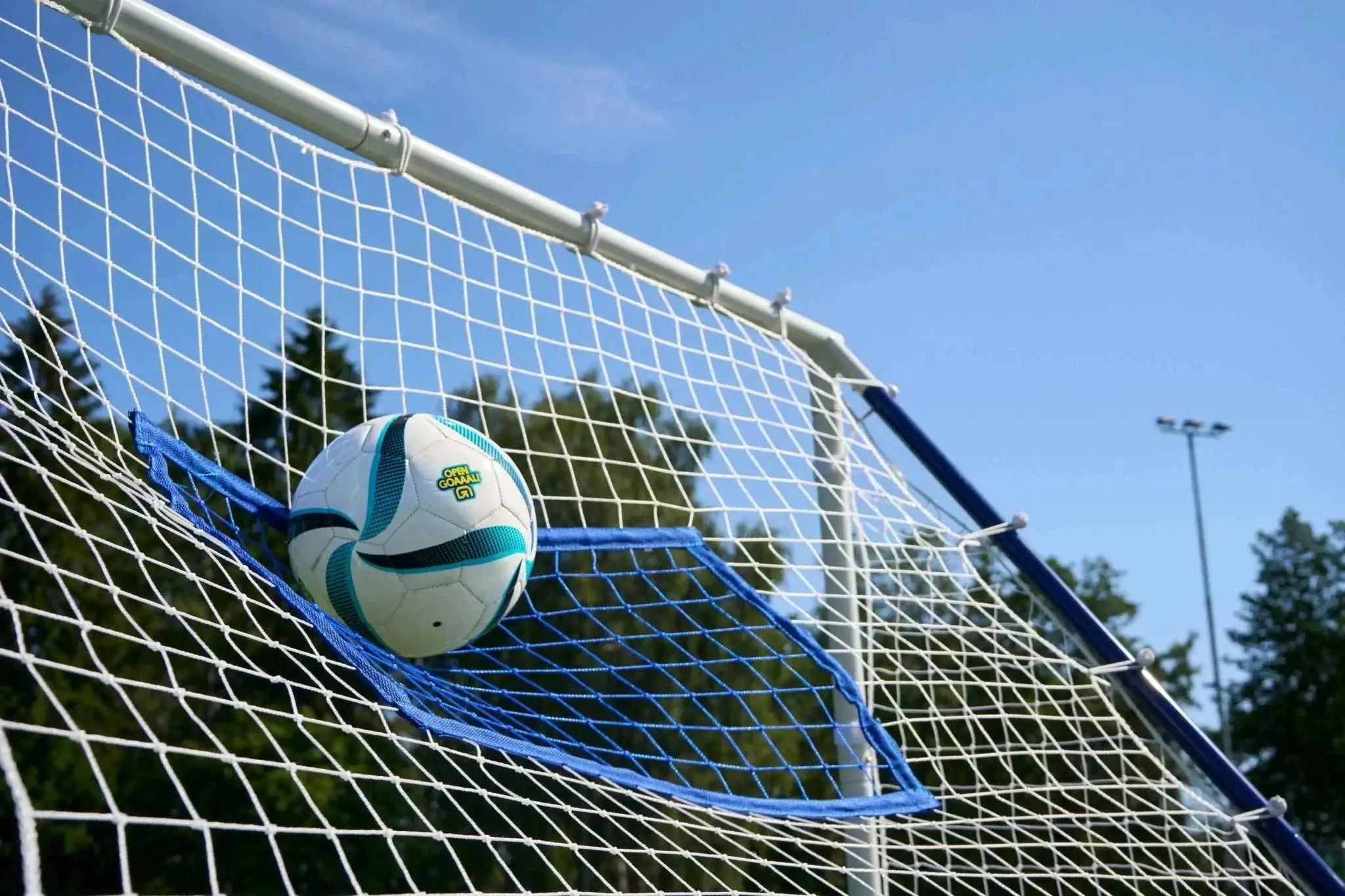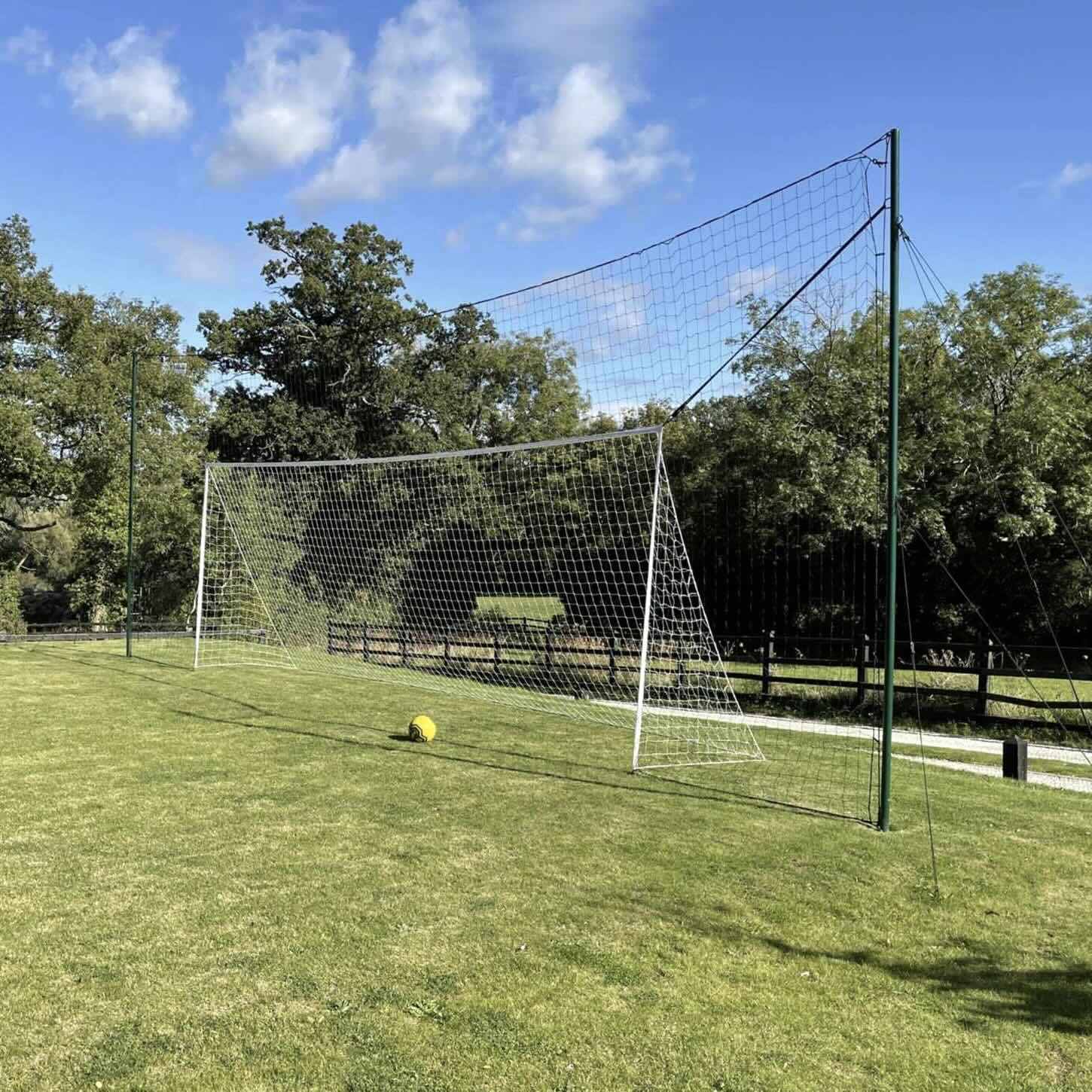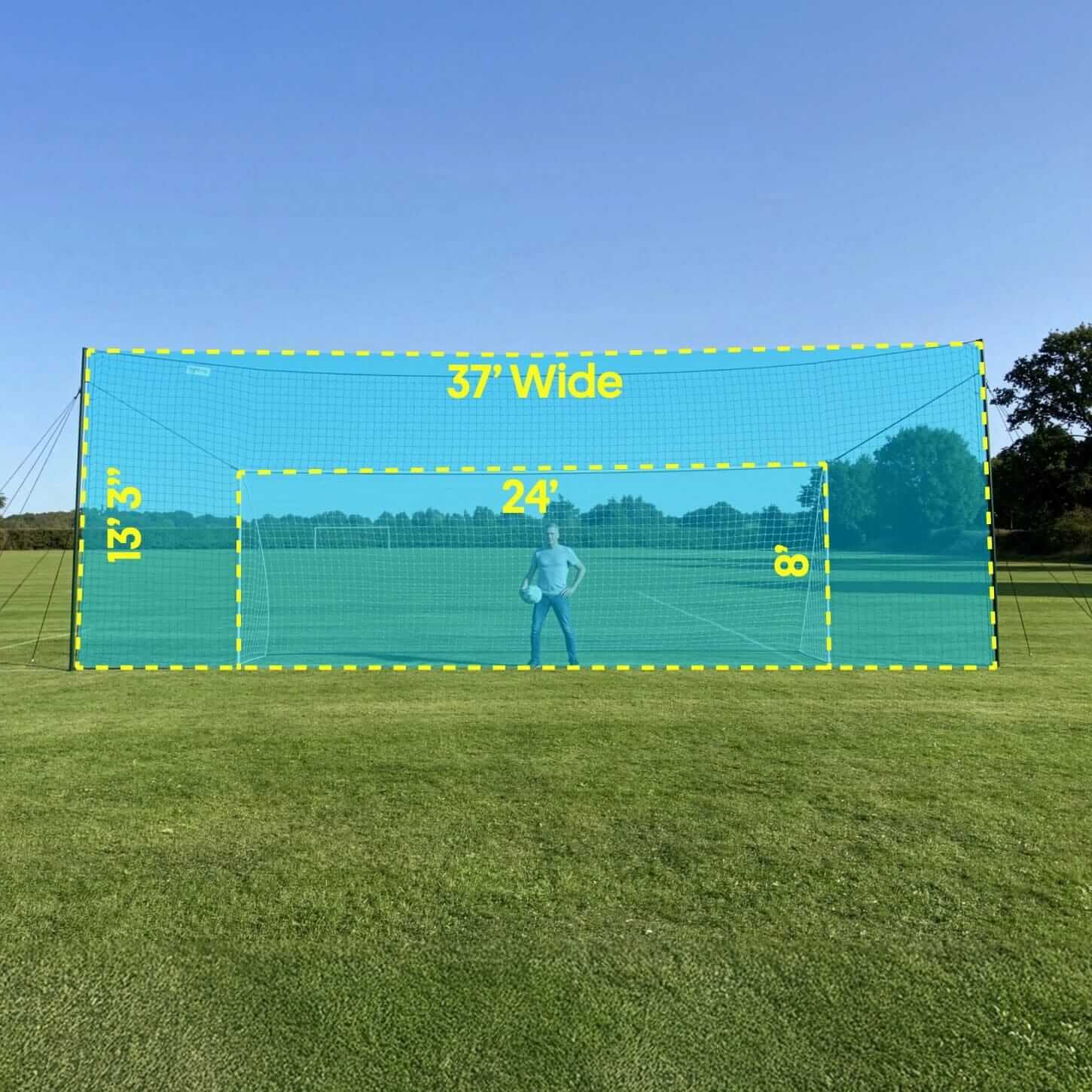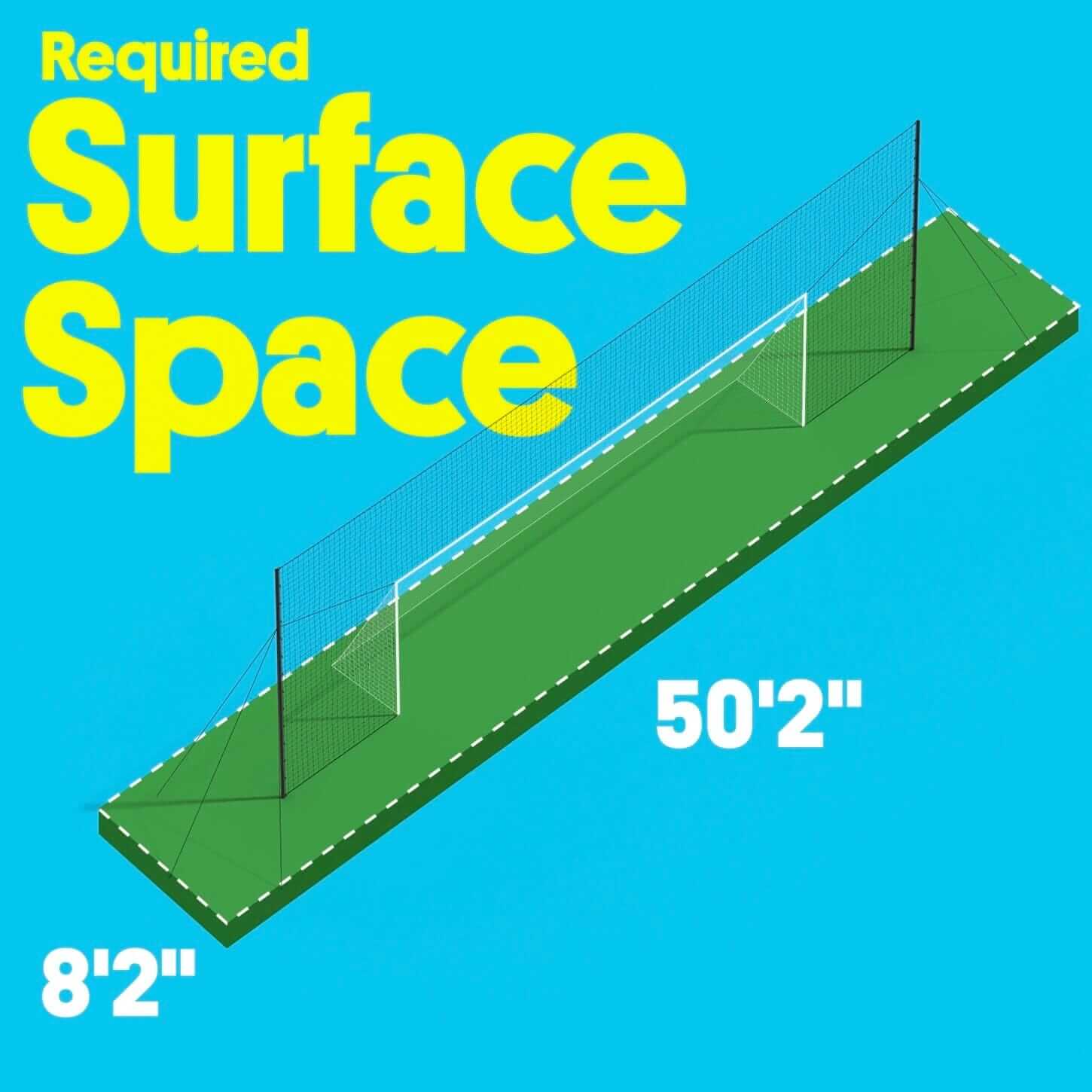Like any low scoring sport, goals are what win soccer matches. Everybody has their own criteria when it comes to defining what makes a great goal. For some it can be a moment of individual brilliance by a gifted player, whilst, for others, it is the aesthetic of a team move that inspires them.
The context of a soccer match also counts. Whilst a great goal scored in a regular league can be memorable in its own right, one scored in a vital cup game, or in a championship decider has more weight because of its significance.
And whilst some goals have gone down in history, there were some excellent goals scored before the era of television or the advent of YouTube that have been lost to posterity.
Here though are five of the goals that regularly make it on the list of all-time soccer goals.
Diego Maradona 1986 World Cup Quarter Final, Argentina v England
In 1986, Argentina met England in the quarter-finals of the World Cup in Mexico City.
The match had huge political and sporting connotations. On the sporting front, the two had been rivals since they met in the World Cup quarter-final of 1966. England won a bruising encounter which saw Rattin, the Argentine captain sent off, and the team labeled “animals” by Alf Ramsey, the England manager at the time, a label which caused grave offense in Argentina. Then in 1982, the two countries had gone war when Argentina invaded the British dependency of the Falkland Islands, which they claimed as Las Malvinas. Nearly a thousand people on all sides were killed in the conflict before the British regained control of the islands.
Tensions were running high when the teams kicked off for the second half in the Azteca Stadium with the score still goalless. Then Argentina took the lead in highly controversial circumstances, when their diminutive star Diego Maradona, rose for a header against the England goalkeeper, Peter Shilton and, unseen by the match officials at the time, tipped the ball into the net with his hand. Afterward, he was to claim that the goal was scored by “the hand of God”.
However, it was his second goal four minutes later that prompted Uruguayan commentator Victor Hugo to comment “I want to cry, oh holy God, long live football! What a goal!”
Maradona picked the ball up in his own half of the pitch, and span away from two England players, Peter Beardsley and Peter Reid. Moving towards the England penalty area he began to pick up the pace, leaving defenders trailing in his wake. On the edge of the area he ghosted past defenders Terry Butcher and Terry Fenwick before calmly rounding Shilton to slide the ball home.
It was a moment of sublime individual skill that not only helped win the match but helped underline Maradona’s reputation as one of the greatest players of all time.
Carlos Alberto 1970 World Cup Final, Brazil v Italy

In some ways the antithesis of the Maradona goal, the strike from Brazilian captain Carlos Alberto is one of the great team efforts of all time.
As always the context of the match is important. Whilst the 1970 World Cup finals were by no means the first such event to be televised, they were the first to be broadcast in color, a fact that makes them live long in the memory of people of a certain age.
And stars of the tournament were very much the Brazil side with their distinctive yellow shirts and blue shorts with a sprinkling of players that became global household names, Pelé, Rivelino, Jairzinho, and Tostao.
The team reached their third final in four tournaments and found themselves pitted against an Italy side that had their own stars like Gigi Riva, and Gianna Rivera.
However, on a sweltering hot afternoon played in front of more than 100,000 spectators at the Azteca Stadium in Mexico City, Brazil served up a feast of attacking football, although after taking the lead thanks to a header from Pelé, they found themselves pegged back by conceding an equalizer to Robert Boningsena after a defensive mistake. It was in the second half though that Brazil really sprang to life, and Gerson and Jairzinho restored their lead as the game headed towards its conclusion. It was then they produced their brilliant fourth goal.
With the game played barely above the walking pace in the sweltering heat, Tostao found his midfield partner Clodaldo who embarked on a swerving dribble that took four Italian players out of the game. The ball found its way back to Tostao who passed it forward to Jairzinho in the left-wing position who cut inside and found Pelé who was standing in the center of the pitch just outside the 18-yard box. The forward controlled the ball and then calmly rolled it into space on the right edge of the penalty box for a right-back and captain Carlos Alberto to rifle it into the far corner.
Fittingly, it was Alberto himself who a few minutes later, lifted the World Cup, the third time Brazil had claimed the trophy.
Marco van Basten 1988 European Championship Final, Netherlands v Soviet Union
One of the hardest shots to execute in soccer is the volley, because of the difficulty in controlling and imparting direction to a moving ball whilst it is in the air.
Marco van Basten’s goal for the Netherlands in the 1988 European Championship Final against Russia is one of the finest examples of the genre ever executed. It also had immense significance for Dutch football because it helped secure them their first, and, to date, only major international tournaments.
The “nearly men” of international football, having lost in the finals of both the 1974 and 1978 World Cups, the Netherlands started the 1988 European Championship, held in what was then West Germany, as pre-tournament favourites, with a squad that featured three superstars – Ruud Gullit, Frank Rijkaard and van Basten himself – all of whom played their club football at the team with Italian side AC Milan.
After initially struggling, the Dutch became progressively stronger as the tournament went on, and began the final strongly favored to beat the Russians. Gullit gave them the lead with a first-half header, and then, nine minutes into the second half, van Basten’s moment arrived. Left-sided midfielder Arnold Mühren floated a deep cross to the far side of the penalty box where van Basten received it at an acute angle.
In a flash, the striker swiveled his hips and lashed in an unstoppable volley that flashed past Russian keeper Rinat Dasayev and into the far corner. Van Basten would score nearly three hundred goals in his career, but none were better than that.
Zinedine Zidane, Champions League Final, Real Madrid v Bayer Leverkusen
Zinedine Zidane had a glittering career as a player, winning the World Cup with France in 1998, League titles in Italy and Spain, and the accolade of the game’s best player, the Ballon d'Or. He has gone on to enjoy not an inconsiderable success as a manager either, winning the Champions League in three successive years with Real Madrid.
He scored 125 goals during his playing career, including two in the World Cup final against Brazil, but the strike that he is most remembered for came four years after that, playing for Real in the Champions League final, played in Glasgow, Scotland, against Bayer Leverkusen of Germany.
He had joined Real from Italian side Juventus at the start of the 2001 – 2002 season for a world record fee but had struggled in his first season at the club, and voices were raised suggesting that he was not worth the big money paid for him.
Those doubts would be vanquished in a single moment. With the scores level and half-time approaching, Roberto Carlos broke down the left and sent in a high looping cross towards the Leverkusen box. Standing just inside the penalty box, Zidane watched the ball all the way, steadied his balance, and then swung his hips to execute a perfect volley that was past the German side’s goalkeeper before he could even more. Real would go on to win the match and secure their ninth European crown.
Estaban Cambiaso 2006 World Cup Argentina v Serbia

Sometimes an opponent can just be too good for you, as Serbia found out to their cost when they met Argentina during the Group phase in the 2006 World Cup in Germany.
Already leading one-nil, on the half-hour mark the Argentine side produced one of the most mesmerizing goals ever seen in a World Cup, which their player Hernán Crespo described as “the most beautiful goal”. Picking the ball up deep in their own half, they begin to pass and move in triangles all over the pitch, playing in a style more reminiscent of a training session than an actual match.
Content initially just to play at a controlled tempo, the move accelerated as it got closer to the Serbian penalty area before Javier Saviola played it into Crespo who, in turn, back-heeled it into the path of midfielder Esteban Cambiasso, who had already been involved in the move three times, to lash home. The entire move consisted of 25 passes and had taken a minute to construct.



